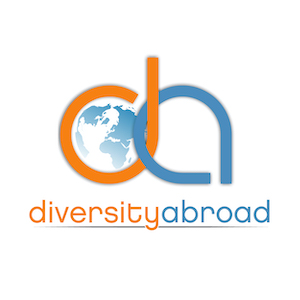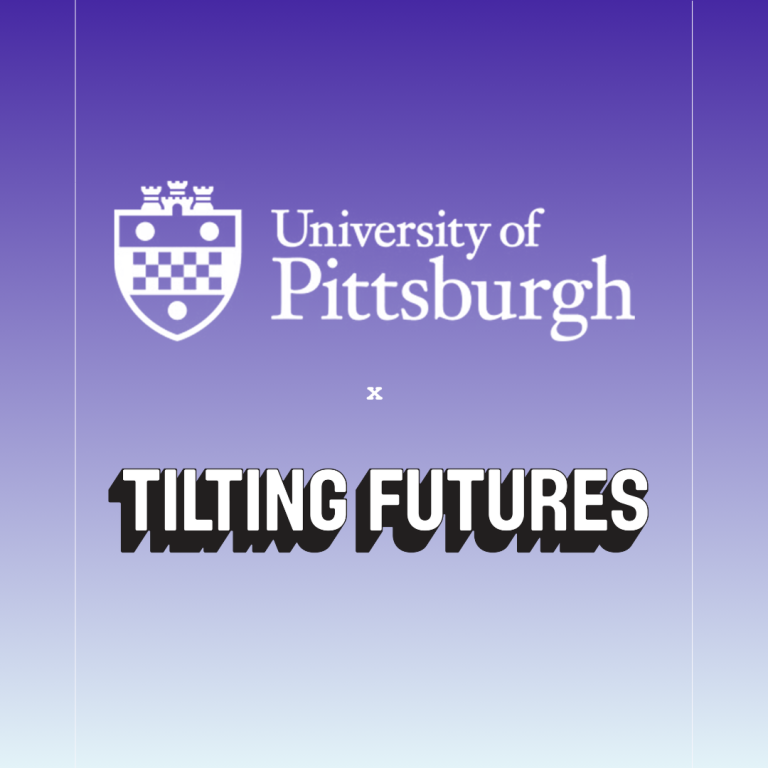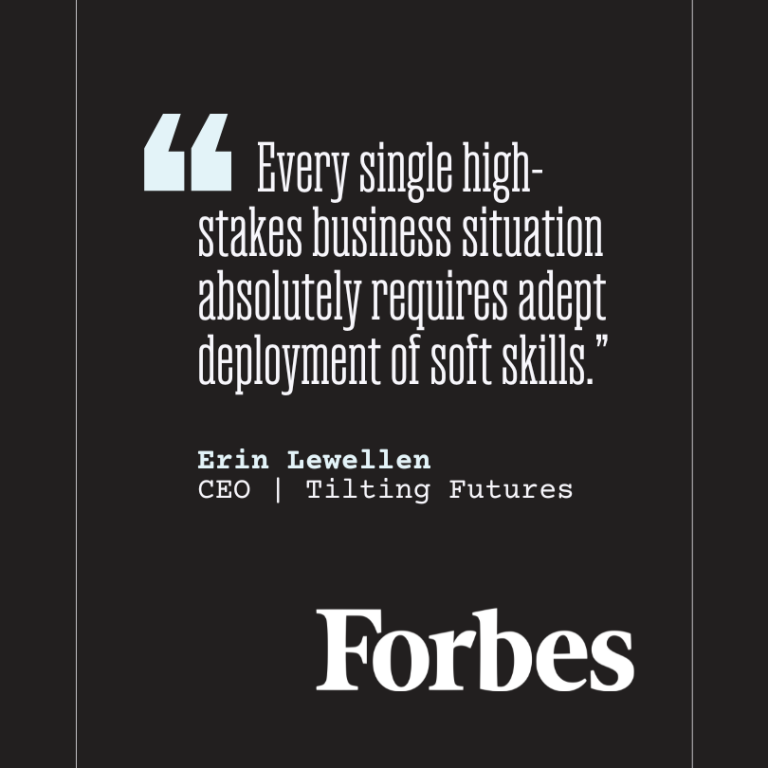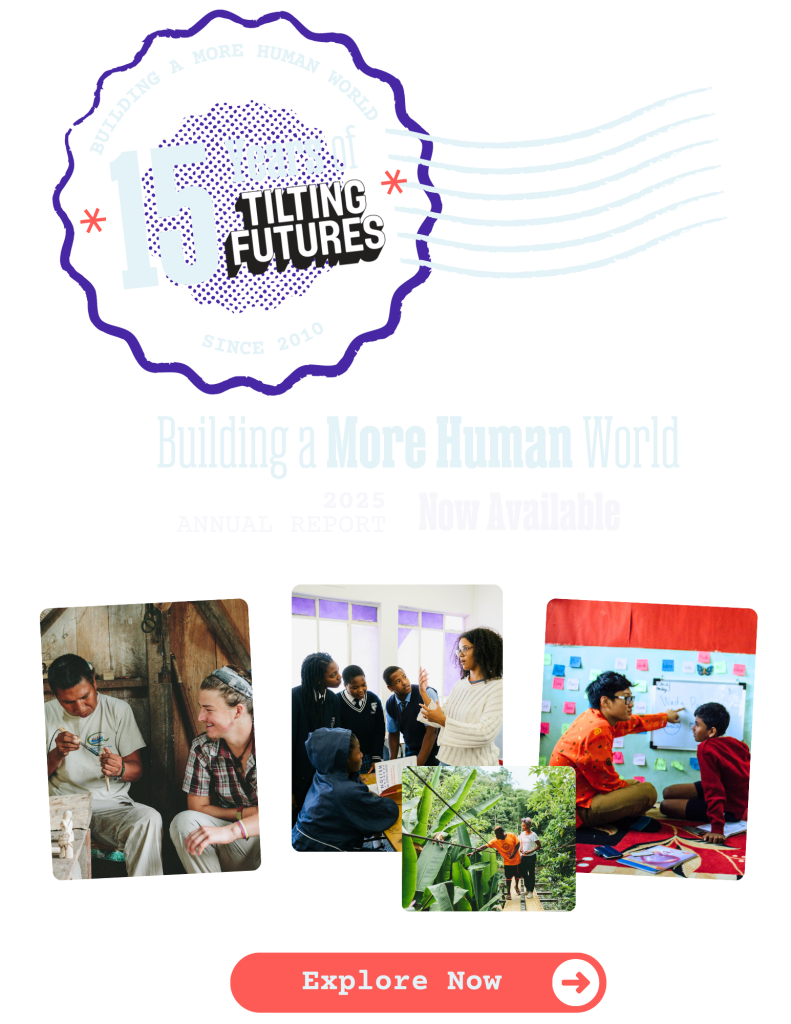A Case Study on Using Virtual Exchange to Create Global Competence in a Diverse Population of Students
Originally published in the Spring 2023 edition of The Global Impact Exchange, a publication of Diversity Abroad. The Global Impact Exchange quarterly publication serves to advance domestic and international conversations around diversity, inclusion, and equity in global education with respect to the thematic focus identified each quarter.
Abstract
Global Citizen Year faced the challenge of continuing their mission during the COVID-19 pandemic. They pivoted to launch the Global Citizen Year Academy, a virtual program that effectively built global competence in nearly 1,500 culturally and experientially diverse students. The article describes three elements of the Academy, enabled by its virtual format, contributing to success: organic exposure to diverse perspectives, local lens exploration of global communities, and creating a vulnerable virtual environment. The virtual orientation facilitated more equitable student recruitment and diverse instructor selection, expanding course content to represent global perspectives. The Academy pushed students to challenge inherited cultural lenses, promoting meaningful cross-cultural relationships. Finally, the article introduces the Take Action Lab, a new blended program, combining virtual experience with an in-person immersive component to advance students’ global citizenship skills.
Authors:
- Holly Djang | Director of Research and Evaluation, Global Citizen Year
- Jake Seltzer | Teaching and Learning Lead, Global Citizen Year
So… how do we achieve our mission during a pandemic?
This is the question that we, at Global Citizen Year, asked ourselves when COVID-19 threw the whole world off of its axis. Prior to the pandemic, Global Citizen Year supported over 1,000 students through our international immersive fellowship program as part of our mission to help young people emerge into self-aware and culturally humble global citizens. Our Fellows developed insights and skills that shaped their character, guided their higher education, and equipped them to collaborate towards a positive social impact*.
At the onset of COVID-19, we paused this fellowship program and pivoted to launch Global Citizen Year Academy—a 12-week virtual program that combined synchronous and asynchronous learning to help nearly 1,500 young people cultivate that same set of insights and skills: self-awareness, cultural humility, and global empathy. According to a study by Harvard researchers, the Academy effectively built global competence in this culturally and experientially diverse group of students. We also helped to foster a deep sense of community between these students of vastly different backgrounds. In fact, over 90% of our students connected with other students after completing the program, illustrating the strength and endurance of the cross-cultural relationships they developed.
We believe that many of the positive results we achieved in our Academy were not in spite of but due to the virtual format of the program. In this article we describe three elements of the Academy that we were able to incorporate because of the virtual nature of the program and that we believe contributed to this success: students’ organic exposure to diverse and global perspectives, a focus on helping students see global communities through a local lens, and an opportunity for students to be vulnerable while in a safe and secure setting. Throughout, we provide relevant student quotes that were collected at the end of the program to illustrate these three elements.
Advancing diversity and equity
Being virtually oriented allowed us to ground program recruitment and design in our commitment to diversity and equity in ways we had not yet been able to do in our immersive in-person program. First, we could recruit students who would not have engaged in an international travel program such as our fellowship program for a variety of reasons reflective of paying capacity, personality, culture, safety, and visas. As such, the virtual format facilitated more equitable and inclusive approaches to student recruitment and participation.
Second, being virtually oriented allowed us to recruit an international team of instructors. Not only did this expand our talent pool, but this also allowed students to be taught by instructors with diverse and global perspectives. The increased diversity among instructors also created fertile ground for their professional growth, as they were able to learn from colleagues across the globe, each with distinct context, experience, and training.
Finally, the virtual environment also led us to expand our course content to represent more global perspectives. During our in-person fellowship we were hesitant to “overload” students with too much content which could detract from the unique opportunity to become fully immersed in their new community. Conversely, the virtual Academy provided space for students to engage deeply with written and viewable content representative of diverse cultures, worldviews, and perspectives. The expansion of course content resulted in a more diverse, equitable, and inclusive learning framework which pushed students to extend and challenge their own perspectives beyond their inherited cultural lens.
To illustrate this, one student explained,
“Global Citizen Year allowed me to explore the world and challenge my beliefs. It was enlightening to hear so many people talk on the same topic and express such different points of view. I think that the program made me much more prepared for the variety of opinions and cultures.” -Student from Lviv, Ukraine
Seeing global communities through a local lens
The virtual nature of our program also pushed us to redefine the culminating program project. While in the in-person fellowship, students’ projects centered on the community where they were immersed, we requested that students in the virtual program explore their own local community through a new lens. As a final project, students applied the principles of asset-based community development to identify assets in their home communities which could be leveraged to inspire meaningful local change. In sharing the final projects with their global peers, students were introduced to multiple communities across the world and invited to view them through a local, asset-based lens. In this way, the virtual nature of the Academy offered students meaningful viewpoints into multiple communities across the world, a breadth of perspective that was not possible through an in-person experience alone.
For example, one student said,
“We’re a diverse group so we don’t know how other cities and countries are. This allowed us to see places I’d never seen and gain a more intimate perspective of that community.” -Global Citizen Year student from Tunisia
A virtual invitation to vulnerability
Unlike in our in-person immersive program, whereby only a few students were placed in communities together, students of our virtual program were placed in virtual learning cohorts curated to maximize diversity across students’ place of citizenship, racial identity, gender identity, and family income. Throughout the course, students developed meaningful relationships and deep connections with their global peers by synchronously interacting with a curriculum that was grounded in the exploration of self and community as a pathway to developing a global orientation. The program asked students to reflect on their identity, privilege, implicit biases, and other characteristics in an attempt to push students to engage in deep reflection and be vulnerable in ways that gave them space to be exposed to and consider the various culturally and experientially based perspectives of other students. The fact that students engaged in the program from the comfort of their own home allowed students to be in a physically safe and familiar place for reflection and contemplation. Further, students did not have the inherent social distractions of in-person classes to detract from reflection and vulnerability, and they seemed less apt to “perform” by presenting an invulnerable exterior shell in the virtual environment.
To illustrate, one student said,
“Students need an experience like this one because in no other program is there a safe learning space with people from all over the world willing to get to know you and grow with you and share knowledge.” -Global Citizen Year Student from Rio de Janeiro, Brazil
So now what? Combining the best of both worlds
We recently launched our newest program, Take Action Lab, to continue our mission to help students develop skills needed to be impactful global citizens. This program, informed by the lessons we learned about the value of virtual exchange, blends a virtual experience with an in-person immersive component. Fifty students from over 25 countries came together virtually for four weeks to participate in a synchronous curriculum designed to help the students create community and vulnerably reflect on and share their own predispositions. These students then were sent to Cape Town, South Africa to live together and work in local human rights NGOs for 12 weeks. We look forward to sharing what we learn about this blended approach with you.
*Students explicitly consented to allow their quotes and their names to be presented in Global Citizen Year publications.
References:
(2021, January 1). Alumni Outcomes: The First Decade (2010-2020). Global Citizen Year. https://downloads.ctfassets.net/j91b9gwu8s3q/32J3zMCSMMQys86qYmwq0I/3b6474e8c8e1e301bd0121c0cc4e71a6/20-0702_GCY_Impact_Report.pdf
01bd0121c0cc4e71a6/20-0702_GCY_Impact_Report.pdf (2022, December 12). Academy Impact Report. Global Citizen Year. https://go.globalcitizenyear.org/academy-impact




